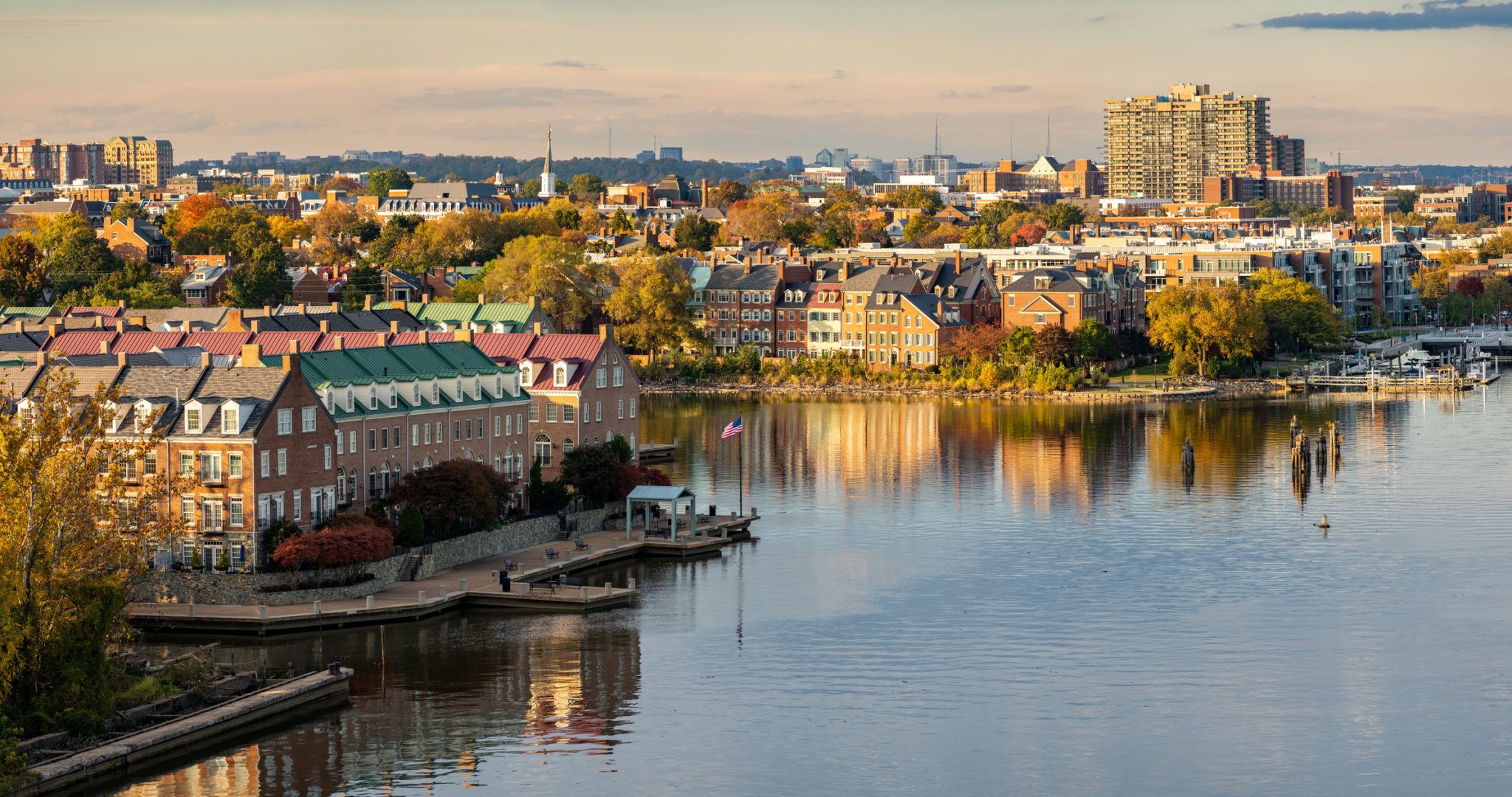
Alexandria City’s Wake-Up Call
- NPG
- December 14, 2023
- NPG Commentary
- 0 Comments
City’s Natural Resource Manager Voices Concerns about Future High-Density Developments
 Alexandria City, located in Northern Virginia, across the Potomac River from Washington, D.C., is a remarkably vibrant area. Rich with American history, a thriving economy, and many, many people – over 155,500 in 2022, according to the Census Bureau – it is also home to NPG’s brick and mortar location. With a population density of 10,677 people per square mile (in 2020) and no signs of slowing down, Alexandria is facing the difficult challenge of how to protect existing green spaces. Unfortunately, the designated champion of these fragile areas, Natural Resources Manager Rod Simmons, submitted his resignation letter this month.
Alexandria City, located in Northern Virginia, across the Potomac River from Washington, D.C., is a remarkably vibrant area. Rich with American history, a thriving economy, and many, many people – over 155,500 in 2022, according to the Census Bureau – it is also home to NPG’s brick and mortar location. With a population density of 10,677 people per square mile (in 2020) and no signs of slowing down, Alexandria is facing the difficult challenge of how to protect existing green spaces. Unfortunately, the designated champion of these fragile areas, Natural Resources Manager Rod Simmons, submitted his resignation letter this month.
Rod Simmons, a city employee with the Department of Recreation, Parks, and Cultural Affairs for 27 years, spoke with local media entity ALXNOW about the reasoning behind his decision to step down from his role, saying, in part: “The problem is continual. I’ve been in opposition to the city’s agendas for increasing high-density development. All these projects, really over the last seven years, have come online and descended on the landscape of the city.”
In the article, Simmons describes multiple scenarios where he experienced backlash within the city’s government after voicing concerns about various projects and the effects they will have on local natural resources. Simmons explains the impact of high-density development on local waterways, sharing: “Development has a huge impact on waterways. We’ve got these edge cities like the Hoffman Town Center area and Carlyle area, that put a huge burden on the little natural landscape like Hoof’s Run and African American Heritage Park, for instance. It stresses those areas and the wildlife that remains there. It contributes a significant amount of pollution to those streams and the Potomac River.” He also discusses artificial turf, noting: “Things like artificial turf and the forever plastics that come from that, those toxic chemicals that come from the rubberized pellets. Add the fact that you have to lay down enormous beds of gravel; it’s impervious surface because all the water goes into the already burdened storm drains is rushing into streams.”
He touched on recycling, LEED certification, and energy efficiency, explaining: “[The concern is] impervious surface, heat island index, the concrete jungle, all that sort of thing. We still have all the cars on the road. It’s too little, too late. I think the intentions are good, but they’re trying to make lemonade with something that’s not going to work. Smart Growth is an oxymoron.”
Simmons found himself stuck between a rock and a hard place. Unable to productively affect the city’s future plans, after decades of encouraging and fostering sustainable compliance, he decided to walk away, saying: “It’s not me: any incumbent who is serving as natural resource manager would have this problem if they defended their job and stood up for it and took it seriously. It’s pretty clear that the city is going to have to reset itself and figure out what it really wants to do in terms of natural resource conservation and stewardship.”
Simmons’ story stands out to NPG because of the correlation between population growth and high-density areas. Population growth prompts development, and constant population growth drives high-density developments. It strains existing infrastructure and the environment. Alexandria City and other cities (like Arlington, Virginia and Fort Collins in Colorado) with similar population growth profiles typically have strong economies and job markets. Still, they lack affordable housing and have increased traffic congestion. Chandler, Arizona and Greensboro in North Carolina are a bit larger than the other cities, and they, too, are facing challenges with their aging infrastructure and endless suburban sprawl.
In the face of ongoing urban population growth and high-density developments, midsized cities like Alexandria City must choose between saving green space or making space for more people. In most cases, growth wins over green. The recent resignation of Mr. Simmons as Natural Resource Manager for Alexandria City is not a good sign of things to come. Rapid urbanization is overburdening existing infrastructure systems, exacerbating traffic congestion, and escalating housing costs. Similarly, the environmental toll of such growth is alarming, with natural resources facing reduced protection and local ecosystems absorbing the trash and muck left behind by insufficient policies.
No amount of planning or “smart growth” will ever be enough to accommodate a seemingly endless stream of more and more people. The only true solution to the various problems caused by a large and constantly growing population is to stop the influx of people. Without such an effort, local authorities will always be forced to find alternative means to allow infinite numbers of additional people to occupy a finite space. NPG has worked for more than 50 years to educate all Americans regarding the need for policies designed to slow, halt, and eventually reverse population growth to allow our nation to reach a smaller truly sustainable, population size. With your support, we will continue to do just that.
Your gift helps publish and distribute materials like this.


